The 2023/4 Antarctic field season has wound up and the last of the summer teams are aboard the RRS Sir David Attenborough and heading for home. This season not only marks the research vessel's first Antarctic field science, the team on the Rothera Research Station have carried out a series of infrastructure improvements that will serve future research in the challenging Antarctic environment.
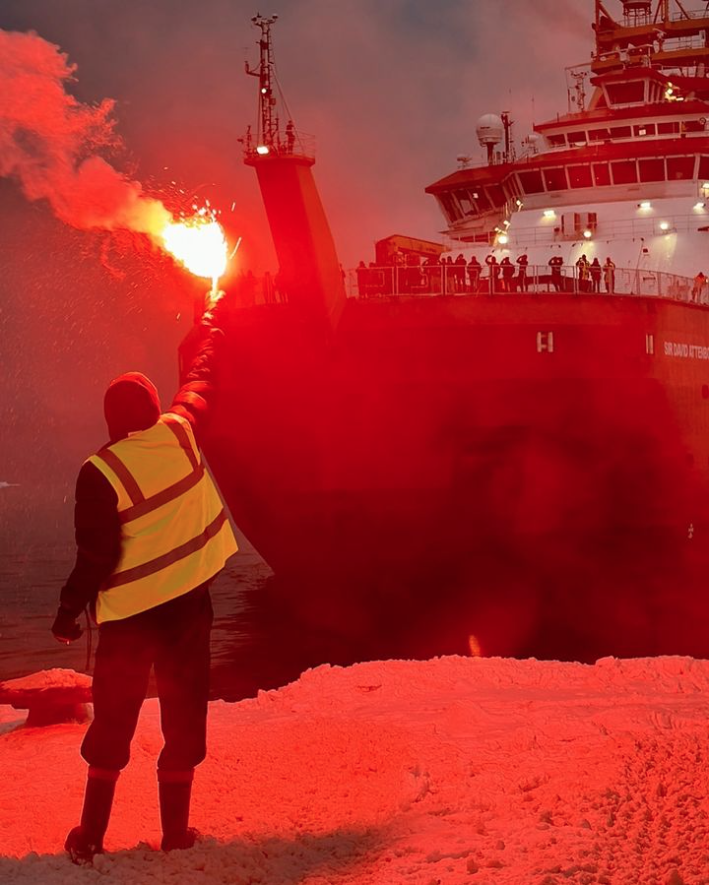
RRS Sir David Attenborough's first research cruises
The season began on a high with the first major, peer-reviewed science cruise on the RRS Sir David Attenborough in November 2023. The BIOPOLE mission set out to answer big questions about how Antarctic ecosystems and sea ice regulate the balance of carbon and nutrients in the global oceans.
In early 2024, the ship sailed again on the PICCOLO mission in the Weddell Sea, to investigate the biological and chemical processes that draw carbon into the deep ocean. Both projects are providing insights into how climate change will affect ocean health and food stocks, and the natural processes that take carbon out of the atmosphere and moderate global warming.
On the voyages, the crew enjoyed stunning views , sailed around icebergs twice the size of greater London and were often winched over the side of the ship to take samples of ice to understand what the ocean was like hundreds of years ago.
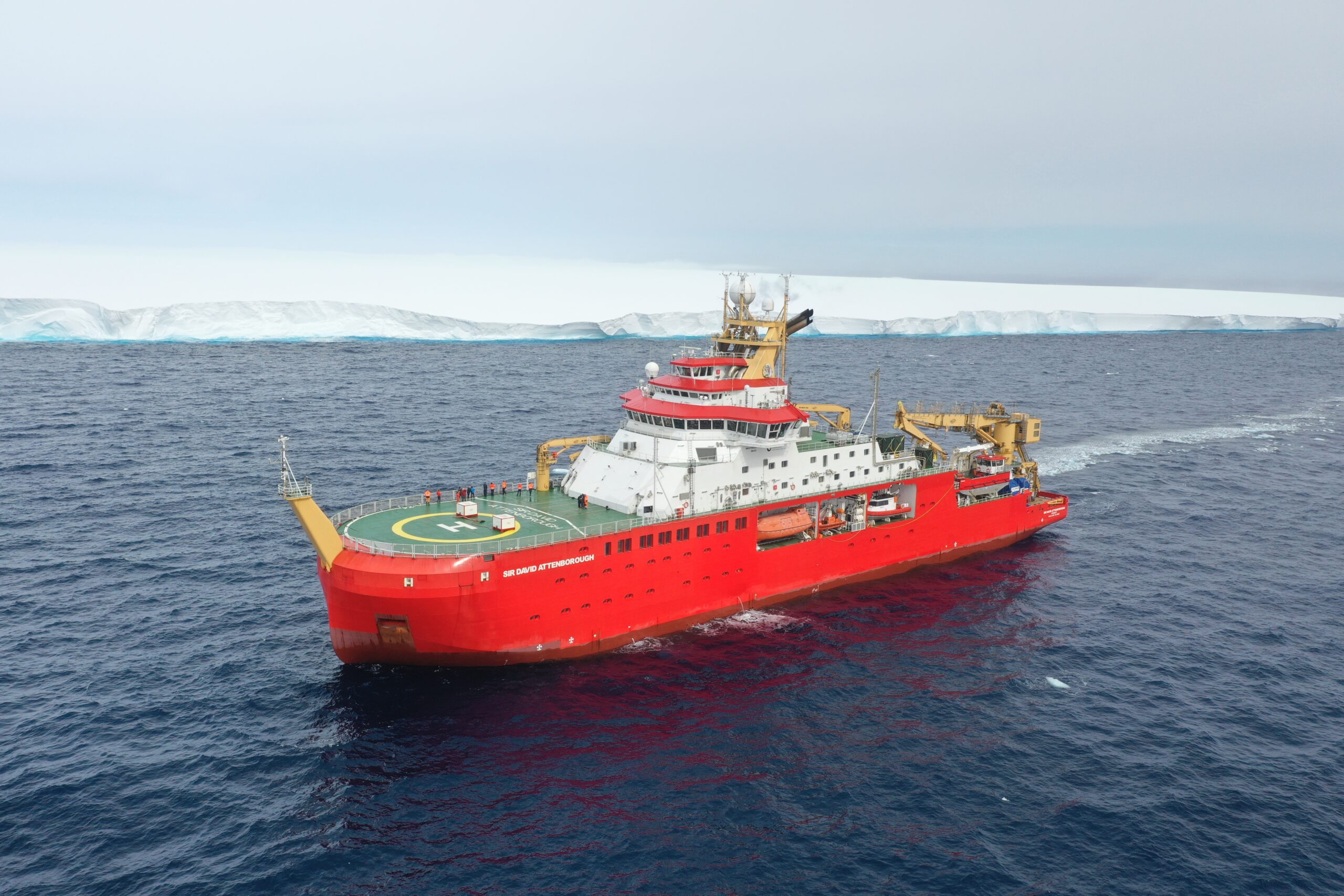
Rothera Research Station
Over a marathon 31 weeks, Rothera Research Station supported over 400 people from 18 different organisations and other national Antarctic programmes and operators. The team of chefs used three tonnes of flour for bread production alone.
The runway was closed for six weeks for essential resurfacing, which required complex levels of planning. This work is part of an ambitious Antarctic Infrastructure Modernisation Programme (AIMP).
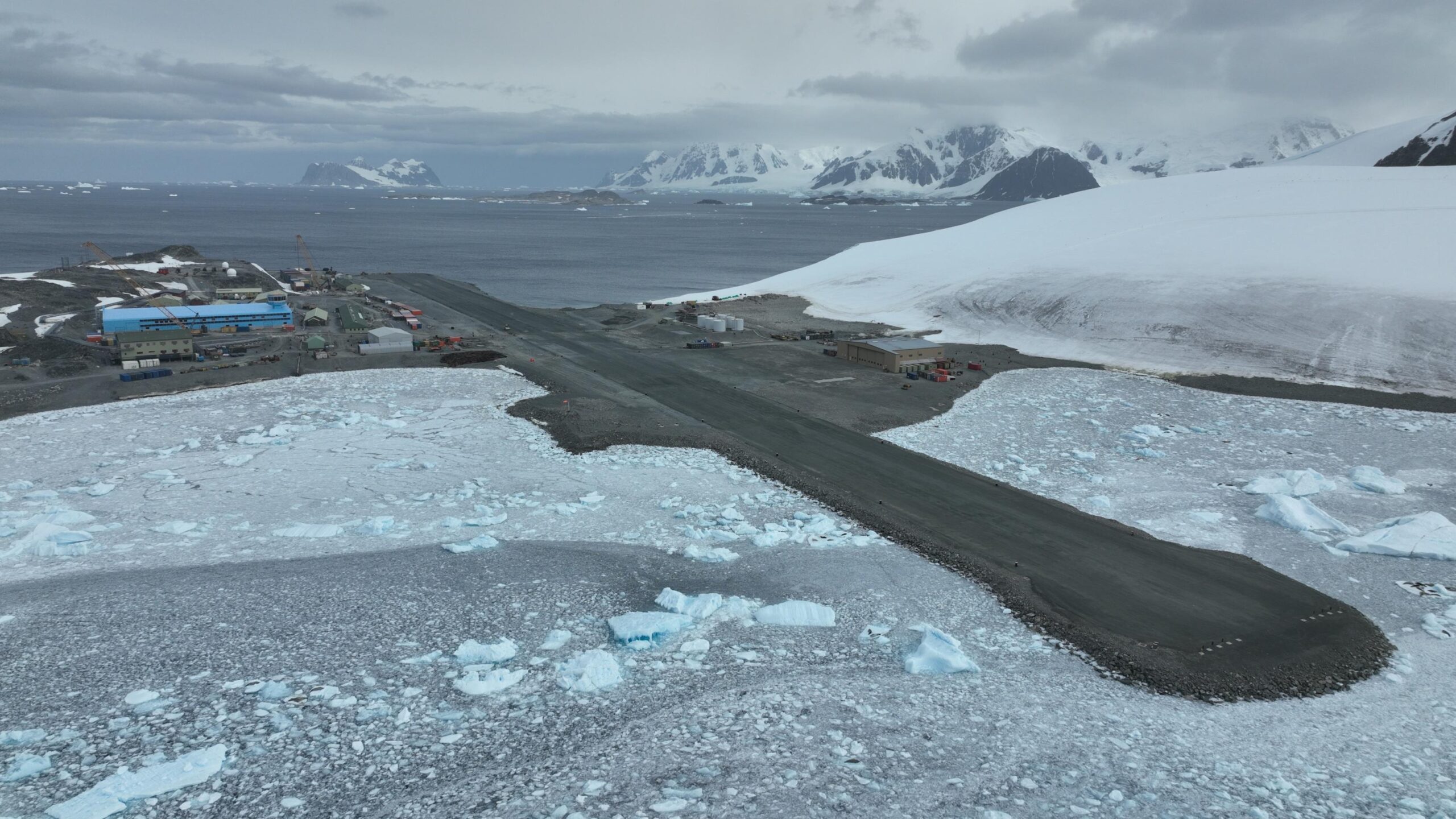
The Rothera team continued four large infrastructure updates and completed a revolutionary bandwidth installation, partnering with OneWeb. A complex marine biodiversity study took place in support of the work.
At East Beach near the station, a Clean Air Facility is helping the Southern Ocean Clouds project to understand how high-latitude mixed-phase clouds form. These clouds remain uncertain in climate modelling, which impacts the modelling of other processes such as changes in Antarctic ice sheets and oceanic and atmospheric circulation.
Understanding glaciers and their contribution to sea-level rise
Our work with US colleagues in the International Thwaites Glacier Collaboration is focused on understanding and quantifying the change on one of the largest and least stable glaciers in West Antarctica. Researchers battled cold temperatures living under canvas on the remote Thwaites Glacier. Two key projects were prominent this summer: GHOST and TIME. They are investigating the conditions underneath the ice to see how the bed and ice interact and assessing the health of the boundary between the fast-moving glacier and the slower moving surrounding ice sheet.
The RIFT TIP project at Halley Research Station is modelling the growth of cracks in ice sheets using a decade of data taken at the station. This period has seen several major calving events reshape the Brunt ice shelf, making it an ideal test bed to study the process that lead up to such events. A team led by BAS collected two ice core samples to better understand the physical properties of the ice and contribute to a better understanding of the factors influencing crack growth and calving.
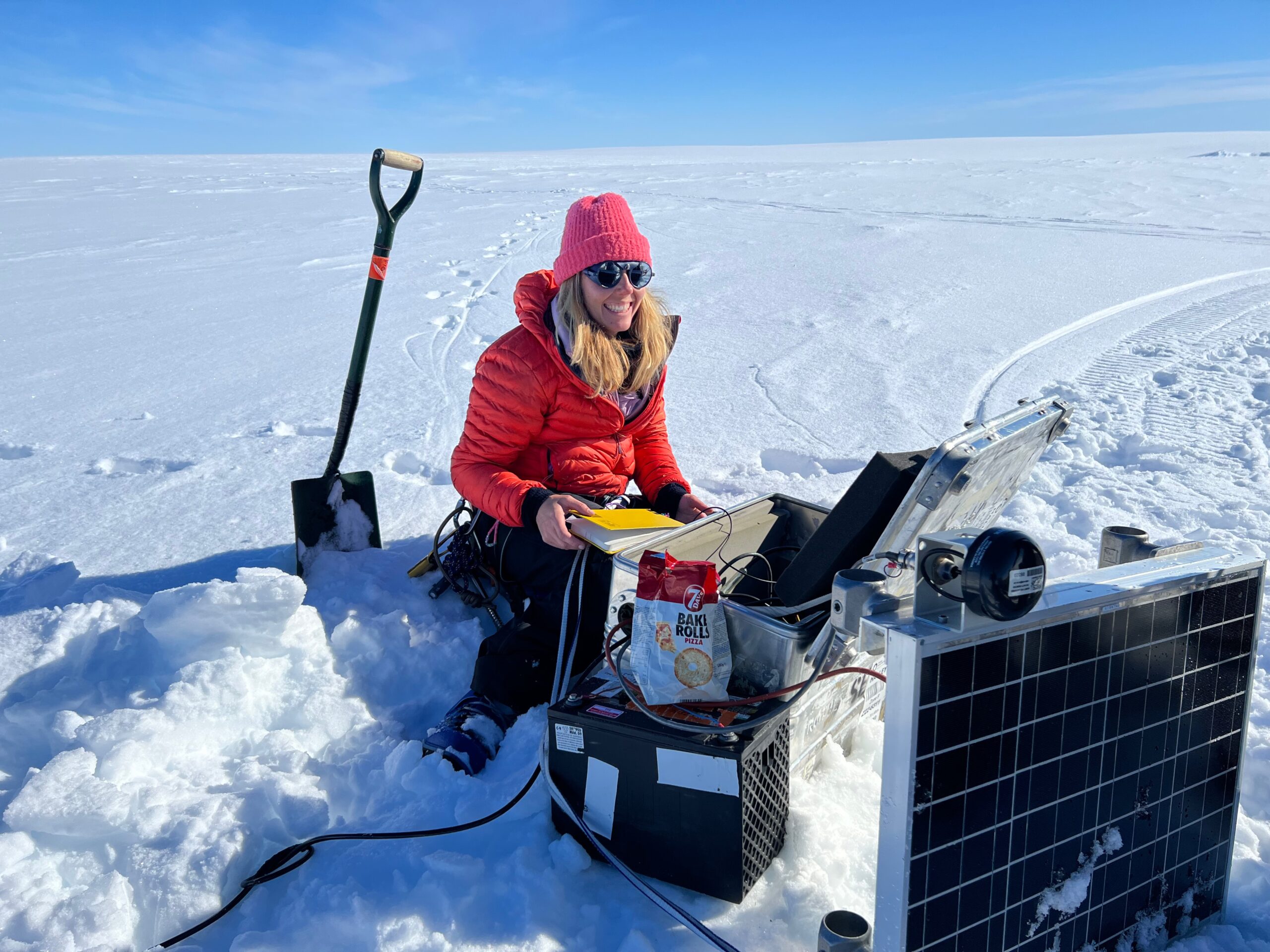
A team of engineers set up and installed a second microturbine at Halley Research Station, a complex system designed to support automated science data from the station during the unoccupied, harsh, Antarctic winter months
Life in the Antarctic region
The Hungry Humpbacks project at King Edward Point Research Station on South Georgia spent the season studying foraging whales to understand how their habits vary throughout the year. The insights gained will feed into fishing regulations and create the first baseline measurements of krill consumption in these waters by whales across seasons.
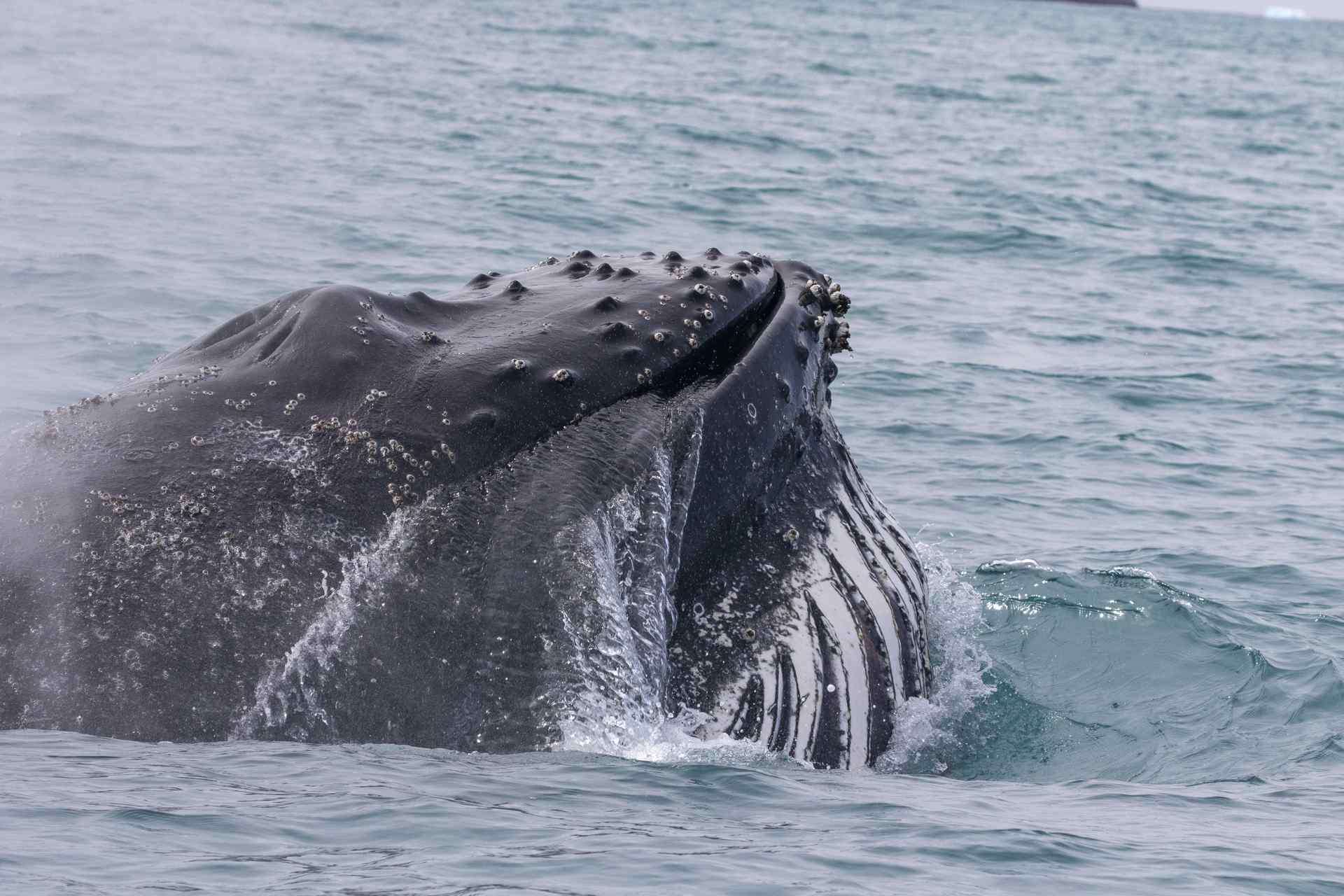
Elsewhere in South Georgia, our Bird Island and Signy Research Stations have ongoing long-term projects to study marine predators. Researchers are looking for indications of change for various species, including Antarctic fur and leopard seals, gentoo and macaroni penguins, wandering, black-browed and grey-headed albatrosses and southern giant petrels.
At Bird Island, the Estates team continued the installation of new solar and battery technology that is expected to reduce carbon emissions and fuel use by 50%.
New heights for polar research
This season saw the successful trial of the Windracers ultra uncrewed aerial vehicle, which is part of BAS's ambitious plans to automate science platforms and reach net zero emissions by 2040. The cutting-edge autonomous drone carries a range of sensors, can carry up to 100kg of cargo and can operate safely with minimal ground operator oversight.
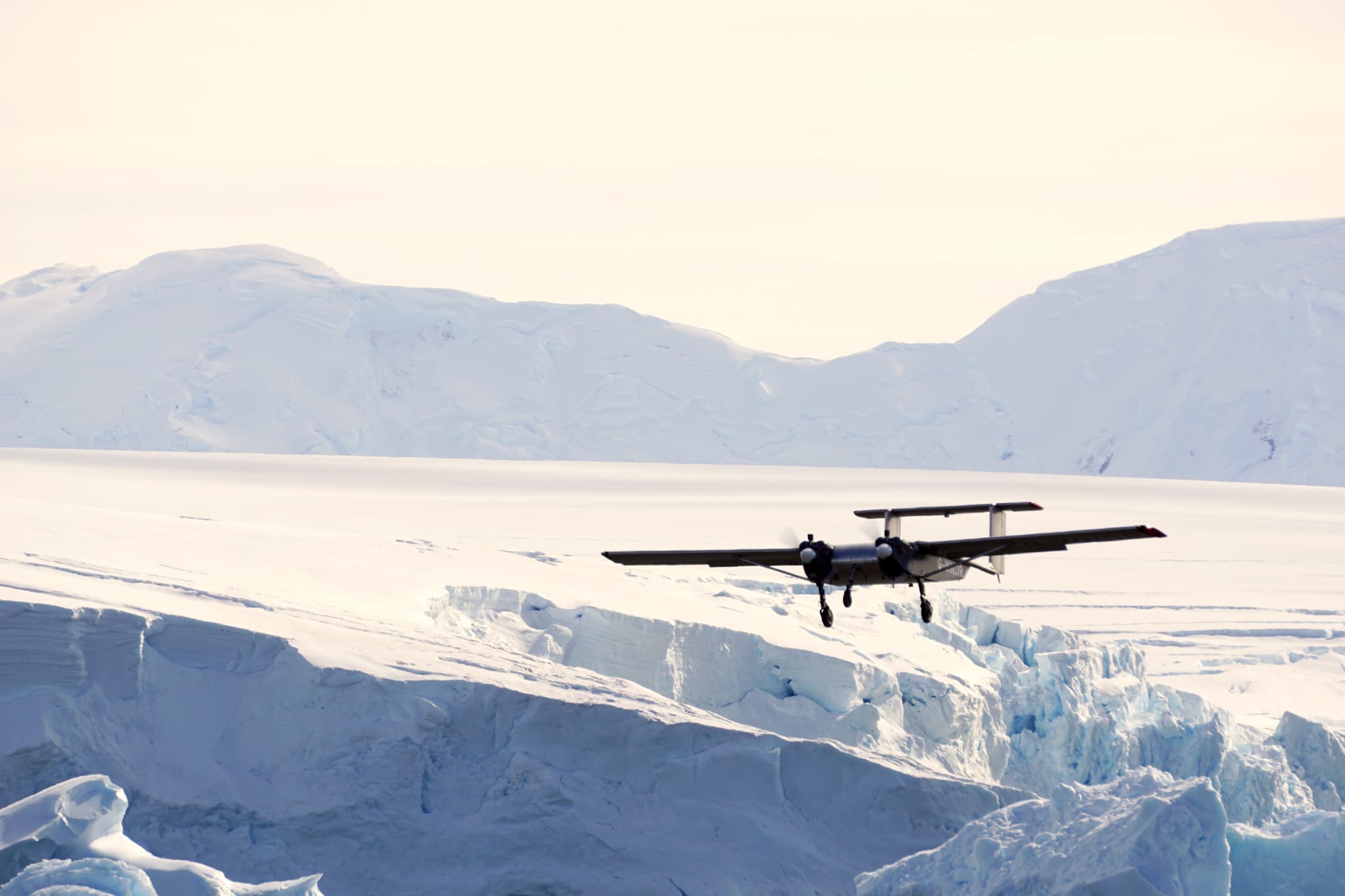
Oliver Darke, Director of Operations at BAS, says:
"I am immensely proud of what we have achieved as a community this season. Delivering the BAS science mission alongside the significant challenges of supporting major infrastructure change is a massive endeavour.
"Our friends and colleagues across the whole Antarctic community make significant personal sacrifice to collect invaluable data on the polar regions. Data that will help society better understand the future impacts of climate change and help us all adapt to a changing world.
"The efforts of those who commit months away from loved ones in the pursuit of knowledge cannot be understated. The infrastructure delivered and maintained this season will enable a generation of scientists to safely live and work in the harsh Antarctic environment. A generation of scientists that will continue to unlock Antarctica's secrets and address issues of global importance.
"To the hardy few who made this season possible, congratulations. And thank you."






